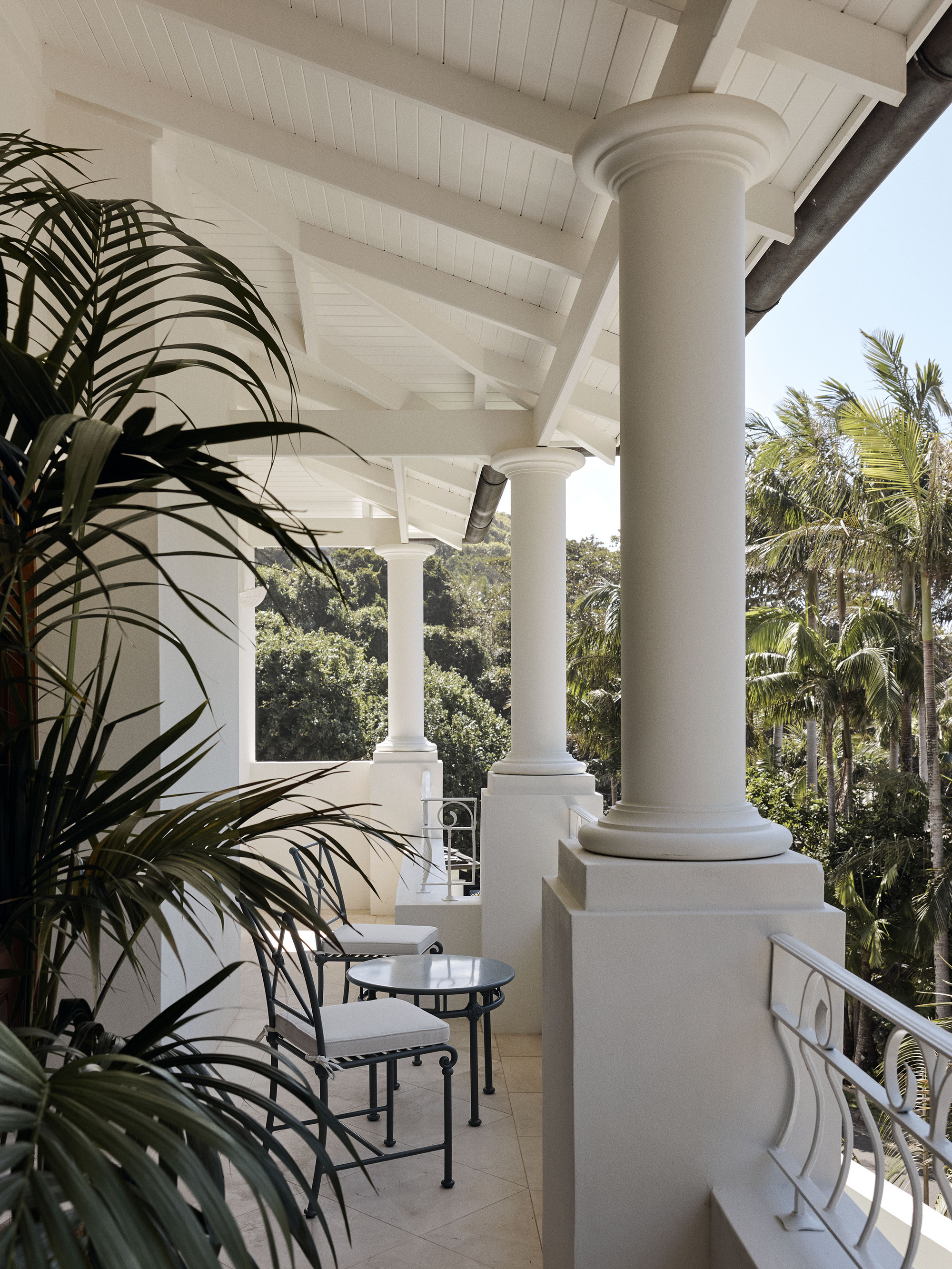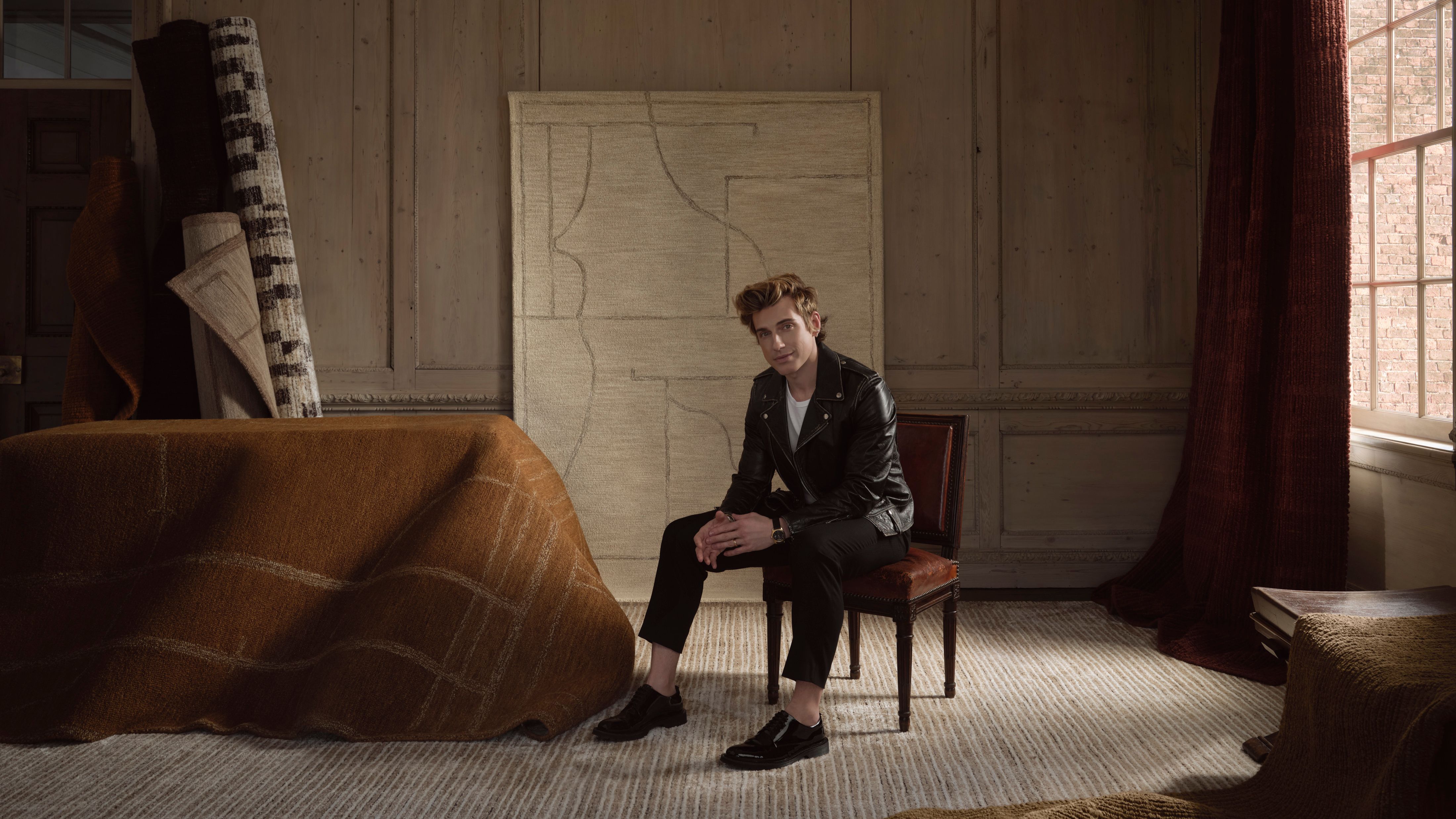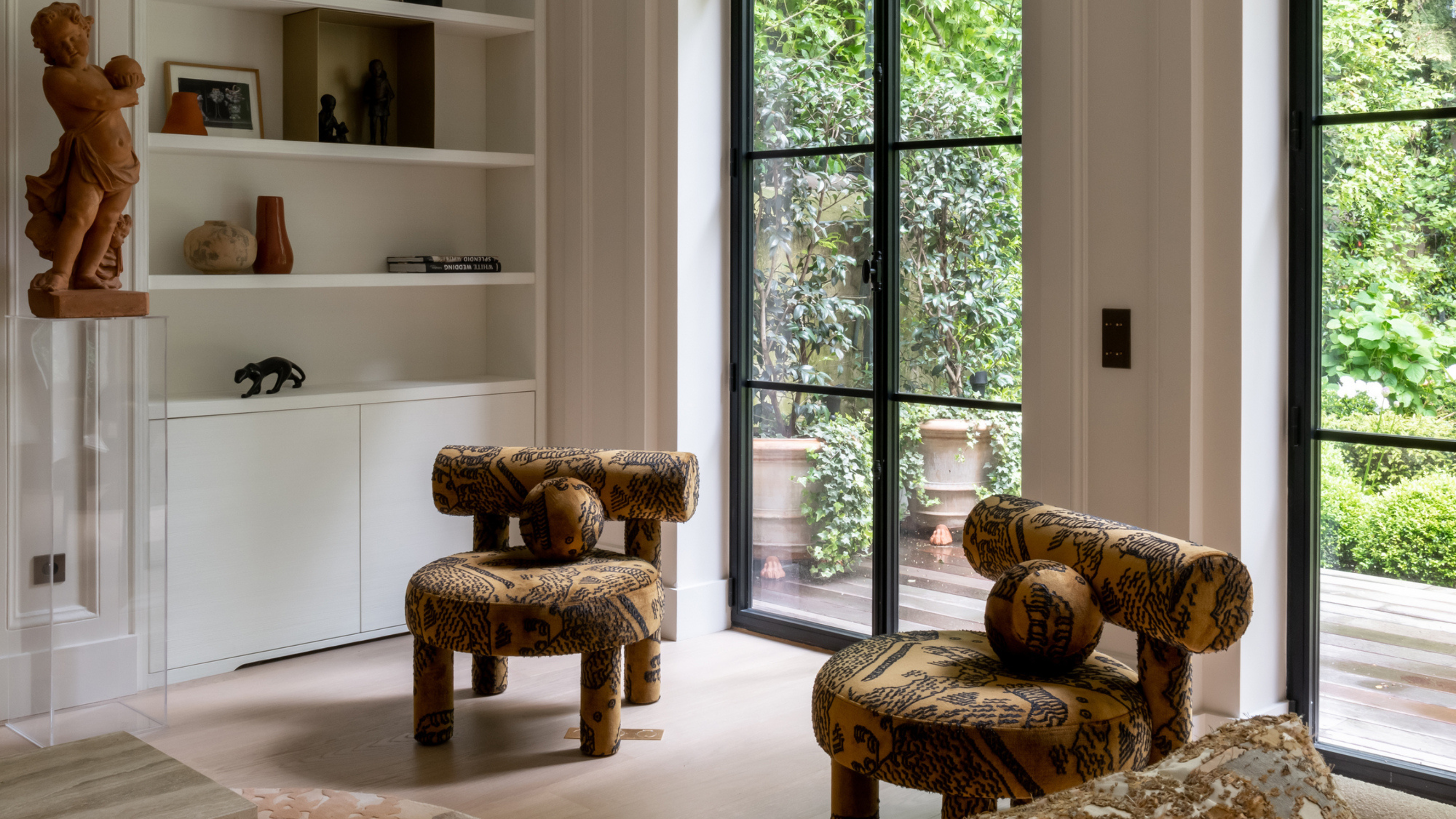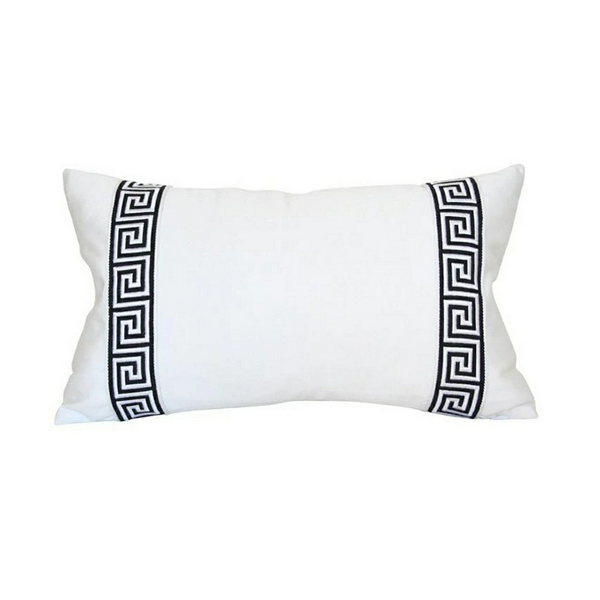This Iconic Byron Bay Hotel's New 10-Suite Guesthouse Is a Paradise for Laidback Design Lovers
Designer Tamsin Johnson has crafted a masterful balance between playful, spirited design and mature elegance at Raes Hotel and Guesthouses on Wategos beach


Walk, swim, or surf just over one mile east of the sweepingly beautiful shores of Byron Bay’s main drag, and you’ll reach the star-studded inlet of Wategos, Byron’s understated little sister. A lazy coastal retreat packed to the brim with all manner of creatives and surf aficionados, there’s something indescribably magic about this idyllic corner of the world.
And at the heart of this bucolic enclave is Raes, an exceedingly chic boutique hotel, which for three decades has been a stalwart of this beachy pocket, a holiday destination which deals in escapism.
During its lifespan, Raes has been a haven for some fabulous visitors as they pass through town (Nicole Kidman, Gwyneth Paltrow and Kate Winslet have reportedly rested their weary heads on Raes’ pillows). But beyond its star magnetism, the hotel design has a legacy — it brought a novel, distinctively European stamp to Australian hotels, all the while preserving the laid-back charm of Aussie hospitality.
This is in no small part thanks to the hotel’s masterful redesign in 2016, the brainchild of Australian interior designer Tamsin Johnson. “Raes, to me, has always been an opportunity to demonstrate that detail, uniqueness, substance and personality have a place in Australian hotels,” says Tamsin. “Raes has become a benchmark small hotel in this country, and that wasn’t instant.”
And thirty years after opening the original hotel, Raes has expanded to a second ten-suite guesthouse property, a stone’s throw away from the original site. Tamsin was once again enlisted to give the guesthouses the distinctively Raes-flavoured treatment, and extend Raes’ status as a heavenly slice of Spanish-infused paradise tucked within the New South Wales coast.

Tamsin’s task was to recreate the same character of the original Raes hotel in the new site, while also crafting a new character for the addition. As the bones of the building were very different to the first site, according to Tamsin, it already needed substantial re-working and a lot of customization to match it to the first. “The original building is petite, quirky and communal and that is really charming, so it was a case of focussing on those feelings and embellishing them,” Tamsin recalls.


This sense of communality is central to Raes’ ethos, and is part of what sets it apart from other, stuffier luxury hotels. The communal areas are also where Tamsin’s leaning into Balearic influences are most evident, where she takes advantage of the quirk of Spanish and Neo-Jacobean design. Playfully pairing together unexpected elements, Tamsin has created a warm and inviting environment that guests will want to dwell in, rather than simply disappearing into their rooms.
Be The First To Know
The Livingetc newsletters are your inside source for what’s shaping interiors now - and what’s next. Discover trend forecasts, smart style ideas, and curated shopping inspiration that brings design to life. Subscribe today and stay ahead of the curve.



When it came to the individual suite rooms, Tamsin used a blue and green pastel color palette to breathe a gust of coastal freshness into the interiors. Another important element of the design for Tamsin was to give each room its own distinct character, “rather than [being] lazily homogenized,” she says. “I wanted the guest to respond with a feeling of ‘wow, this is really considered.’”
Adding molded plasterwork into the rooms also created a sense of dimension and character depth, carrying “some of the architectural language of the original Spanish-Hollywood style into the much more modern Guesthouses.”


This Spanish-Hollywood style has become synonymous with the Raes brand – perhaps counter-intuitively, given its glamorous origins in such a relaxed, no-frills coastal setting. But Tamsin believes this is all part of the atmosphere of the place: “I see it as a little decadent but it should be, it is a holiday spot and with it comes a hedonistic side that needs to be indulged,” she observes.


By threading a playfulness through her design, Tamsin created an environment which encourages this touch of hedonism: a spot for guests to let their hair down and kick their shoes off. Flashes of maximalist interior design in Tamsin’s idiosyncratic style are used throughout, as in details like the multicolored tasseled canopy hanging above the bed frame in one of the suites. This, alongside all of the suites’ bed frames and canopies, were custom-made by a local craftsperson. It was important to Tamsin to source as much of the interior materials locally, and stick to Australian–made materials as she could.

Price: $130
Get the same look at the candy cane-striped lamps that Tamsin uses in the communal spaces with this playful lampshade


It’s in the interaction between the playful and ultra-polished design elements that Raes achieves a masterful feat of balancing true luxury with its chilled-out, surfy, truly Australian mood. This requires a delicate back-and-forth between not taking oneself too seriously, while still being mature, and never veering into the comical. “I feel there needs to be a little playfulness to create surprise and joy, I don’t expect anyone to be amused necessarily, just stimulated,” Tamsin remarks. “It is about stimulating memories too.”
And by weaving together classic Spanish-inspired design with elements of levity and fun, Tamsin has certainly created a perfect canvas for guests to stimulate memories, opening a new chapter in Raes’ legacy.
Marina is a London-based freelance writer with an MA in Magazine Journalism from City, University of London. With a background in Social Anthropology and an Art Foundation course, she is fascinated by the deep cultural history behind design, textiles and lifestyle trends. A lover of dopamine decor, Indian prints and decorating to pretend she’s on a Greek island, Marina can usually be found eating her way through London’s restaurants.
-
 Jeremiah Brent Captures the Grit and Glamour of NYC in His New Loloi Collaboration
Jeremiah Brent Captures the Grit and Glamour of NYC in His New Loloi CollaborationThe TV-famous interior designer looked out of his own window — and hit the pavement — for a collection that turns city spirit into tactile design
By Julia Demer
-
 This Specific Fabric Print Is Literally Everywhere Right Now — Here's Why
This Specific Fabric Print Is Literally Everywhere Right Now — Here's WhyIt's whimsical, artistic, and full of character. We've called it already: Dedar's 'Tiger Mountain' is the fabric that will define 2025
By Devin Toolen
-
 10 Arrestingly Beautiful Milan Restaurants Locals *Actually* Dine at — Selected for Their Interiors
10 Arrestingly Beautiful Milan Restaurants Locals *Actually* Dine at — Selected for Their InteriorsBrought to you by our community of culture insiders, this edit of the best restaurants in Milan sees authentic Italian food and immersive design unite
By Gilda Bruno
-
 Hidden Trails — TikTok's Favorite Interior Designer, Bilal Rehman, on Houston, the City That Made Him
Hidden Trails — TikTok's Favorite Interior Designer, Bilal Rehman, on Houston, the City That Made HimThe Texan design phenomenon shares the places that inspire him most around his home
By Gilda Bruno
-
 I Picked the Best Milan Hotels for Design-Addicted Travelers — And Their Retro-Futuristic Interiors Are a Masterclass in Timeless Sophistication
I Picked the Best Milan Hotels for Design-Addicted Travelers — And Their Retro-Futuristic Interiors Are a Masterclass in Timeless SophisticationOur Italian Lifestyle Editor rounds up the best boutique hotels in Milan for travelers who want to get a slice of its covetable, timeless flair
By Gilda Bruno
-
 Can't Leave Without — Packing for Milan Design Week 2025 With Articolo Studios' Creative Director Nicci Kavals
Can't Leave Without — Packing for Milan Design Week 2025 With Articolo Studios' Creative Director Nicci KavalsAs the Melbourne-based lighting and furniture studio returns to Salone del Mobile's Euroluce fair, its founder picks her ultimate travel must-haves
By Gilda Bruno
-
 Lita Marylebone Review — Mediterranean Radiance Gets a Tantalizing, Animated West End Makeover
Lita Marylebone Review — Mediterranean Radiance Gets a Tantalizing, Animated West End MakeoverInspired by Southern Europe's traditional chateaux, the Michelin-starred London restaurant puts conviviality front and center through shareable plates and a dynamic, open-plan setting
By Gilda Bruno
-
 Plates London Review — Nature-Inspired, Earthy Dishes and Interiors Put "Warmth" Back Into Michelin-Star Fine Dining
Plates London Review — Nature-Inspired, Earthy Dishes and Interiors Put "Warmth" Back Into Michelin-Star Fine DiningThe first-ever vegan restaurant to win the prestigious accolade in the UK, this intimate eatery wows with its menu, and its design
By Gilda Bruno
-
 5 Day Trips From London for an Art and Design-Filled Break From the City — Thanks to a Painstaking Holiday Planner
5 Day Trips From London for an Art and Design-Filled Break From the City — Thanks to a Painstaking Holiday PlannerCelebrate the return of spring with our Lifestyle Editor's curated itineraries to five inspiring destinations to explore 'out of town'
By Gilda Bruno
-
 Is Mayfair's The Cocochine the Inspired Restaurant Missing From Your Hotlist?
Is Mayfair's The Cocochine the Inspired Restaurant Missing From Your Hotlist?The brainchild of Hamiltons Gallery owner Tim Jefferies and chef Larry Jayasekara, this hidden-in-plain-sight dining spot elevates gastronomy to an art form — with a little help from its star-studded collection
By Gilda Bruno

